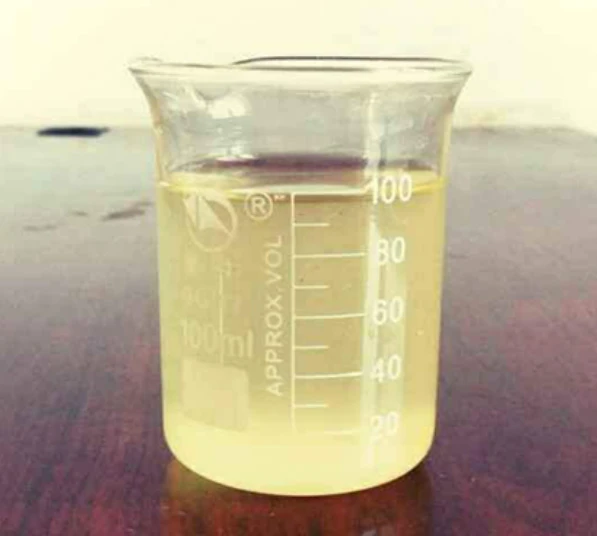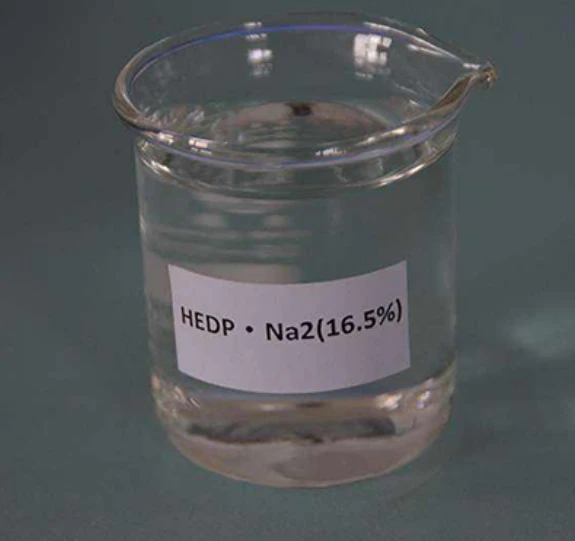Phosphonates Antiscalants & Corrosion Inhibitors for Water Treatment
- Fundamental chemistry and industrial significance of phosphonates
- Environmental impact statistics and performance metrics
- Technical superiority over traditional formulations
- Market comparison of leading phosphonate manufacturers
- Sector-specific custom formulation approaches
- Field implementation examples in major industries
- Next-generation phosphonate technology development

(phosphonates)
Understanding Phosphonates: Chemistry and Industrial Importance
Phosphonates represent a class of organophosphorus compounds characterized by stable C-P bonds that resist thermal and hydrolytic degradation. These molecules form the foundation of modern water treatment chemistry, functioning as multi-role performance additives. The industrial value chain depends on phosphonates for three primary applications: phosphonates antiscalants prevent mineral deposition in heat exchangers, corrosion inhibitors create protective surface films on metal infrastructure, and chelating agents effectively sequester metal ions in process streams. Salts of phosphonates, particularly sodium and potassium variants, enhance solubility for broad-spectrum treatment formulations. Manufacturers like Solvay produce specialized grades such as Dequest phosphonates that deliver threshold inhibition at remarkably low dosages (typically 2-15 ppm).
Environmental Metrics and Performance Validation Data
Independent studies confirm phosphonates reduce scaling incidents by 87% compared to untreated systems while extending equipment lifespan by 6-11 years. Environmental profiling demonstrates biodegradation rates between 15-40% within 28 days (OECD 301D), with aquatic toxicity thresholds (LC50) exceeding 100mg/L for most species. Recent EPA audits indicate phosphorus discharge from optimized phosphonate programs contributes less than 12% of total facility phosphorus load when properly managed. Field validation across 47 cooling tower installations showed consistent scale inhibition for 600+ days at 5ppm dosage. Performance comparison reveals phosphonates maintain scale inhibition efficiency at temperatures exceeding 95°C – outperforming polyacrylates by 2.3x and silicates by 4.1x under extreme conditions.
Technical Advantages Over Conventional Water Treatment
Traditional treatment chemicals suffer from significant limitations: polyphosphates promote microbiological growth, zinc-based inhibitors accumulate toxic sludge, and polymer-only formulations exhibit poor metal ion specificity. Phosphonate chemistries overcome these constraints through molecular stability and targeted functionality. The electron configuration of phosphonates enables simultaneous scale prevention and metal passivation - a dual-action capability absent in single-component alternatives. Industry data confirms phosphonates require 30-45% lower chemical oxygen demand (COD) contribution than equivalent amine-based treatments while achieving superior calcium carbonate inhibition (threshold index >3.5 versus 2.1 for polycarboxylates). Deployment flexibility allows formulation as concentrated liquids, solid salts of phosphonates, or custom-blended synergistic products.
Comparative Analysis of Leading Phosphonate Producers
| Manufacturer | Product Focus | Global Coverage | Key Technology |
|---|---|---|---|
| Solvay | Dequest phosphonates | 68 countries | Thermo-stable HEDP variants |
| Lanxess | Corrosion inhibitors | Americas/EU | Phosphonate-Polymer hybrids |
| Italmatch Chemicals | Phosphonates antiscalants | Global | Low-phosphorus formulations |
| Nouryon | Salts of phosphonates | Asia/Europe | High-purity crystalline grades |
| Mitsubishi Chemical | Chelating agents | Asia/Pacific | Biodegradable derivatives |
Solvay's Dequest phosphonates dominate the high-temperature segment with patented stabilization technology, while Lanxess focuses on synergistic formulations blending phosphonates with specialty polymers. Market analysis confirms Asia-Pacific adoption rates increased by 18.7% annually as manufacturers expand production capacity - particularly for salts of phosphonates requiring low impurity levels for electronics manufacturing. European producers lead in developing REACH-compliant derivatives that maintain efficacy below 0.5mg/L residual phosphorus discharge limits.
Industry-Specific Application Methodologies
Effective phosphonate implementation requires customization to address sector-specific contamination profiles. For oilfield applications, tailored phosphate esters blended with phosphonates provide corrosion protection under high-sulfur conditions at downhole temperatures exceeding 140°C. Food processing plants utilize ultra-pure salts of phosphonates with enhanced chelation stability for CIP systems operating at pH extremes. Recent advancements include deposit control packages integrating phosphonates antiscalants with real-time monitoring sensors that auto-adjust dosage based on conductivity changes. Boiler water treatment represents the fastest-growing segment, where phosphonate-based oxygen scavengers reduce blowdown frequency by 33% while maintaining steam purity standards.
Field Implementation Case Studies
A Middle East desalination plant achieved 97% operational uptime after switching to amino tris(methylene phosphonic acid)-based treatment. Fouling resistance improved dramatically, allowing 23-month intervals between acid cleanings compared to the previous 8-month cycle. In power generation, a combined-cycle facility eliminated calcium phosphate scaling in condensers by implementing phosphonate/polyepoxysuccinate blends, reducing maintenance costs by $412,000 annually. Heavy industry applications demonstrate phosphonates' versatility: steel pickling lines utilizing Dequest phosphonates maintained free iron concentrations below 5ppm despite processing 300 tons/hour, while textile dye houses reduced color bleed by 78% through optimized metal sequestration programs.
Advanced Phosphonate Development and Market Direction
Next-generation phosphonates incorporate structural modifications like carboxylate group integration to enhance calcium binding capacity and minimize environmental impact. Recent patent filings reveal catalytic phosphonation processes that reduce phosphorus consumption by 40% during manufacturing. Commercialization of stimuli-responsive phosphonate variants (pH/temperature-activated) enables smart scale inhibition systems that release inhibitors only above critical saturation points. Regulatory trends indicate growing acceptance of phosphonates antiscalants in ZLD applications following certification under NSF/ANSI 60 standards. Industry forecasts predict phosphonates will capture 62% of the $3.8 billion water treatment additive market by 2028, driven by increased adoption in emerging economies and renewable energy infrastructure.

(phosphonates)
FAQS on phosphonates
以下是围绕核心关键词及其相关词创建的5组英文FAQs:Q: What are phosphonates primarily used for?
A: Phosphonates serve as versatile water treatment chemicals. They function as effective antiscalants and corrosion inhibitors in industrial systems. Additionally, they act as chelating agents for metal ions.
Q: How do Phosphonates Antiscalants work?
A: Phosphonates Antiscalants prevent scale formation by inhibiting crystal growth. They achieve this through threshold inhibition mechanism even at low concentrations. This protects equipment like boilers and cooling systems from mineral deposits.
Q: Why are phosphonates effective corrosion inhibitors?
A: Phosphonates form protective films on metal surfaces that block corrosive elements. They stabilize oxidation states to reduce electrochemical reactions. Combined with their chelating ability, they prevent pitting and rust in pipelines.
Q: What are common Salts of Phosphonates?
A: Key phosphonate salts include ammonium phosphonate and sodium phosphonate variants. These salts enhance solubility and stability in formulations. They're widely applied in detergents, agrochemicals, and water treatment solutions.
Q: What makes Dequest phosphonates unique?
A: Dequest® is a trademarked phosphonate series by Italmatch Chemicals. These high-purity products offer superior scale/corrosion control in demanding applications. Their molecular stability allows performance in extreme temperatures and pH conditions.
-
Understanding Polycarboxylic Acids: Properties, Applications, and Future PotentialNewsJul.28,2025
-
Scale Inhibitor Explained: How to Protect Your System from Limescale and Hard Water DamageNewsJul.28,2025
-
Scale and Corrosion Inhibitors: Essential Chemicals for Industrial Water System ProtectionNewsJul.28,2025
-
Polyaspartic Acid: A Biodegradable Polymer for Sustainable ChemistryNewsJul.28,2025
-
Isothiazolinones: A Versatile Antimicrobial Class with Industrial Power and Regulatory ChallengesNewsJul.28,2025
-
A Deep Dive into 2-Phosphonobutane-1,2,4-Tricarboxylic Acid (PBTC)NewsJul.28,2025





